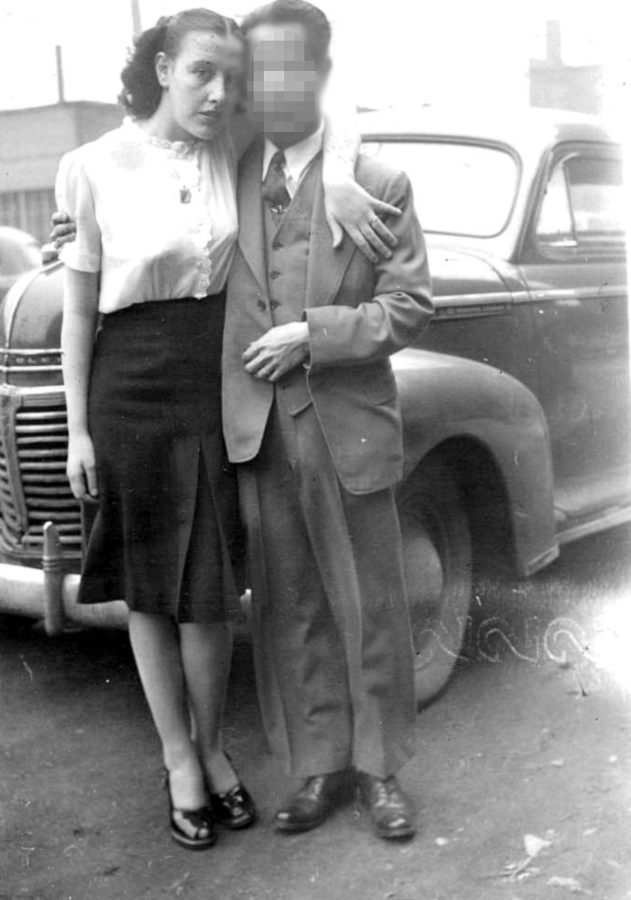ABOUT THIS PROJECT
Interracial Intimacies is a website based on a research project that studied intimate relationships between men of Chinese heritage and women of non-Asian heritage in Toronto between 1910 and 1950. The site has two components: an archives which contains all of the research materials used for this project, including the interviews conducted by historian Elise Chenier and an article published in the scholarly history journal Urban History Review, and “Thinking Like a Historian,” a site that enables users to learn how historians: Frame a research question with the knowledge that, in the process of doing research, the question may change Rely on the help of others, including librarians and archivists, subject experts, research assistants and colleagues Locate sources relevant to the research project Analyse primary sources, including photographs, newspapers, oral history interviews and archival documents Authenticate sources by comparing and contrasting different types of sources Develop skills such as empathy and empowerment Get from research to publication Instructors can choose which of the above skills are desired for a course and can assign students exercises related only to those skill sets. For example, you may want to use this site only to teach primary source analysis skills. You might also want to assign students the article that was produced based on these sources so that students can see how the author used them, and compare the author’s insights to their own. You could also ask students to write a short supplemental essay that either explores a topic the author did not cover but which they unearthed in the primary sources, or, that expands on a topic the author did cover. Finally, an instructor could use the accompanying article to help students think about the process of selecting sources for citation. Historians cite only a small portion of the sources I they find. How do they know which to include and which to leave out? Using embedded links, students can access instructions written by leading historians that explain how to analyse primary sources. This site also provides material for an assignment that explores empathy and empowerment, and another on authenticating sources. An additional list of ideas for how instructors of high school and undergraduate students might build other assignments based on the materials provided is also provided. For graduate seminars, instructors might choose to focus on the publication process. This site de-mystifies the submission and review process and illustrates how single-authored articles are written with the aid of a community of experts. In the case presented here, the author agreed with many of the critiques and suggestions the reviewers offered, but not with all of them. This site shows how the process was navigated to a successful conclusion. Please note that due to copyright restrictions secondary sources are not posted on this site. However, a list of most of the sources consulted are included a Zotero bibliography for this project. There are many excellent books and article that explore what it means to think like a historian. They are all under copyright, so we cannot post them here, but we can give you the titles. This webpage is aimed at those teaching at the grade school level, but the ideas they explore here are the fundamentals of the discipline, and could be used to develop your own lesson plans for high school and introductory level graduate students. Particularly useful is the chart provided on the page, which is free to download. http://www.wisconsinhistory.org/thinkinglikeahistorian/ Two other books consulted to help develop this site and which are very useful for thinking about the purpose and modes of history education are: Sam Wineburg, Historical Thinking and Other Unnatural Acts: Charting the Future of Teaching the Past, Philadelphia: Temple University Press, 2001. Lévesque, Stéphane. Thinking historically: Educating Students for the Twenty-First Century. Toronto: University of Toronto Press, 2007.
Interracial
Intimacies
SEX AND RACE IN TORONTO
1910 to 1950
